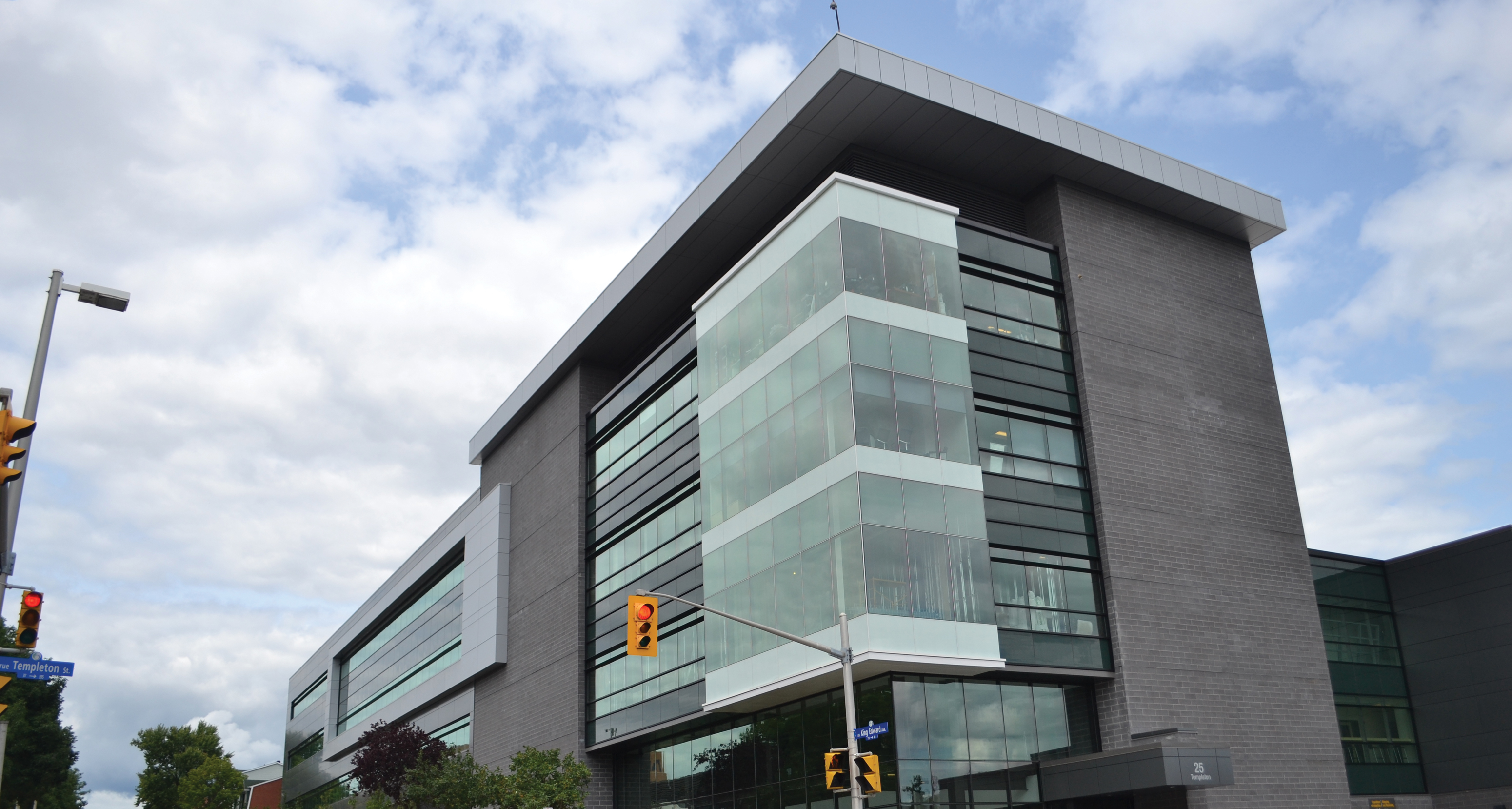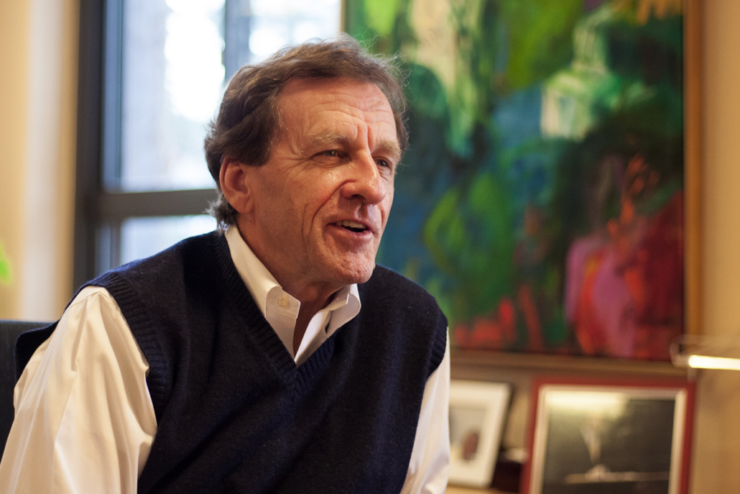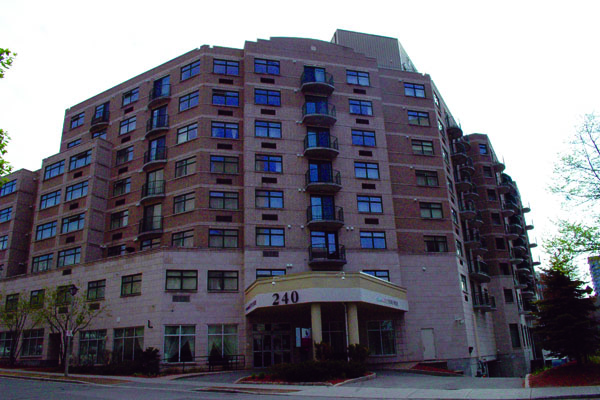New photonics research opens the door for faster communications
A team of researchers at the University of Ottawa is the first to publish a study showing the first fully reconfigurable photonic integrated signal processor, which was featured in the esteemed journal Nature Photonics.
Professor Jianping Yao, university research chair in microwave photonics at the University of Ottawa, and his team of researchers collaborated with the University of California, Santa Barbara’s (UCSB) Professor Larry Coldren.
Signal processors are used transmit information in real time in almost all electronics, from cell phones and computers, to radar, sensors and much more.
Yao’s photonic integrated signal processor is the next advancement, which can work up to 1,000 times faster than the current electronic signal processors, which Yao describes as mature technology.
“It’s fully reconfigurable, so that means that we can do different signal processing functions using the same chip and same processor,” said Yao.
Yao said the project was a real group effort. The initial concept was proposed at the University of Ottawa, with the research also taking place there as well, and the fabrication was then done at a facility in UCSB.
Photonic technology, which transmits using particles of light, is already used in everyday life, like fibre optic communication for the internet, explains Yao.
“In the last twenty years because of this fibre communications we have the Internet, you see, we can access anywhere in the world at very high speeds, better because of the fibre optics—that is part of photonics,” he said.
After a University of Ottawa physics professor, Paul Corkum, was a finalist for the Nobel Prize in physics last year, hopes for this new study are high and Yao jokes that they are “here, ready for celebration” this year.
With the opening of the $70-million Advanced Research Complex in 2014, the university is taking steps towards becoming a front-runner research university, which Yao says he thinks the university is already doing in the field of photonics with a faculty of around 20 professors, who he describes as “big name professors” who “are known to the international community.”
As for the university’s breakthrough study being put into practical use, it could happen soon for certain industries, like national defence.
Yao said that while the technology needs to be further developed, it can be very useful now in areas where speed is paramount, like national defence.
“The final objective is that they’re used everywhere,” he said.
Yao says he hopes that this technology will be used for practical applications within the next 10 years.





